The ultimate checklist for travel to India from the USA
Plan your trip flawlessly with our comprehensive checklist for traveling to India from the USA, including must-have items and essential documents.
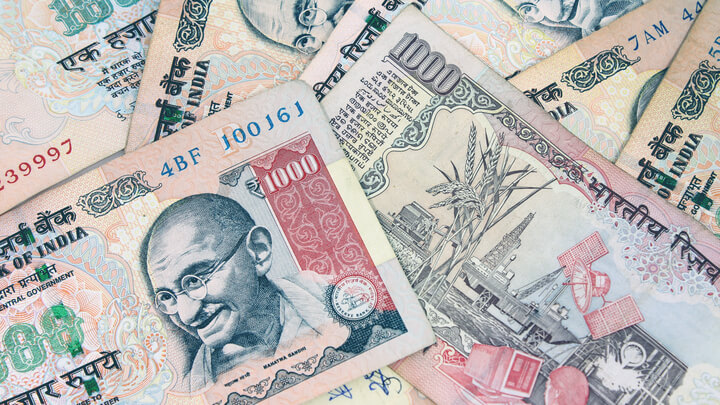
If you’re traveling to India, you may not be familiar with the country’s complex banking practices. Read on for tips on currency exchange, Indian banks, and how to spend wisely on your trip.
The Indian Rupee is the official currency of India. The rupee has a market-determined exchange rate, but it trades in the USD/INR currency market. This means that the rate is relatively controlled, in what is called a ‘managed float.’ You can check exact exchange rates before you leave for your trip through a simple Google search.
| Symbols & Names | INR, rupee or ₹ |
|---|---|
| 1 INR | The modern rupee is divided into 100 paise. |
| INR coins | Rupee coins are available in denominations of ₹1, ₹2, ₹5, ₹10. |
| INR banknotes | Banknotes in circulation come in denominations of ₹5, ₹10, ₹20, ₹50, ₹100, ₹500 and ₹1000. |
You are not allowed to take rupees in or out of India. This rule means you will need to deal with currency exchange once you arrive, as opposed to beforehand.
Carry a bit of cash for when you arrive in India, in case you can’t find an ATM. When you bring cash with you, make sure to bring bills that are clean and un-damaged (and not too large of a denomination) to ensure that the exchange service will accept them. It’s also helpful to keep in mind that at exchange windows, you may need to provide identification.
Prices in India are low compared with the West, so there’s no need to take large amounts of cash. In resort or tourist areas, many shops will change money, but avoid exchanges on the black market. Scams and fake currency are not uncommon, so make sure to keep an eye out.
Alternatively, for simple access to the money you need while you’re abroad - and an even better deal - use Wise. If you have a bank account in India, or know someone who does, you can make a local bank transfer before you leave your home country, and Wise will then send the money to the Indian bank account using the real mid-market exchange rate. It's a great and fast to get your cash when you arrive, and cut out any of those international bank or hidden fees. Always compare exchange rates across a range of providers to save yourself the hassle. And the money.
You won’t have much luck using traveller’s checks in India. Many banks refuse to process them, since they’re becoming quite uncommon. If you do find someone to process your check, your exchange rate will be marked up. You’ll have better luck if you plan to use an ATM or debit card.
Many credit cards will charge between 3% and 5% foreign transaction fee on all transactions in India. This fee can add considerably to the cost of your trip. It’s best to bring both a credit card and a debit card, in case one of them doesn’t work for you.
Also note that many vendors in India are unfamiliar with the chip-and-pin method of using a debit card. They are used to swiping cards. Before making a purchase, check if the shop you’re in can accept your foreign card.
Due to the variables listed above, it’s best to use cash for whatever transactions you can. However, you’ll always have options. India is an international hub with a modern financial infrastructure. You just might get charged for the privilege of using it.
ATMs are widely-used in India. You will find them at airports or in large urban areas. They are usually the best way for you to take out money. India’s ATM PIN system is set to accept 4 -digit codes, so if your PIN is longer, you may need to change it before traveling, to prevent declined transactions.
Though ATMs are widespread, make sure you have a backup plan. Even if you tell your bank you’re going to India, transactions may still trigger a block on your card. Also, ATMs in India frequently suffer technical issues. Lastly, you won’t have any control over the exchange rates on offer, so it’s a good idea to carry some cash with you.
Indian State ATMs usually accept MasterCard and Visa. As a general rule, ATMs operated by the largest banks offer the best exchange rates of INR.
To find ATM locations, use one of the following ATM locators:
Do keep your ATM receipts, in case you need to change rupees back at the end of your trip.
You’ll probably use ATMs from one of India’s largest banks as they’re the most common. Keep a look out for the bank’s logo on the side and, if you can, make sure to use one in a bank lobby to cut down on the possibility of theft.
Regardless of what brings you to India, make sure you enjoy your time away. And if you have any rupees left at the end of your trip - rather than losing money in exchanging them back - make sure to treat yourself to a little extra something before you leave for home.
*Please see terms of use and product availability for your region or visit Wise fees and pricing for the most up to date pricing and fee information.
This publication is provided for general information purposes and does not constitute legal, tax or other professional advice from Wise Payments Limited or its subsidiaries and its affiliates, and it is not intended as a substitute for obtaining advice from a financial advisor or any other professional.
We make no representations, warranties or guarantees, whether expressed or implied, that the content in the publication is accurate, complete or up to date.
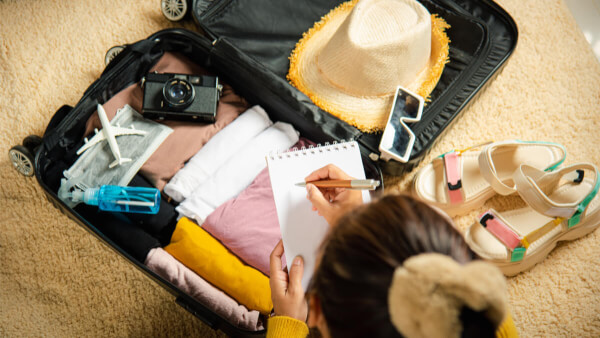
Plan your trip flawlessly with our comprehensive checklist for traveling to India from the USA, including must-have items and essential documents.
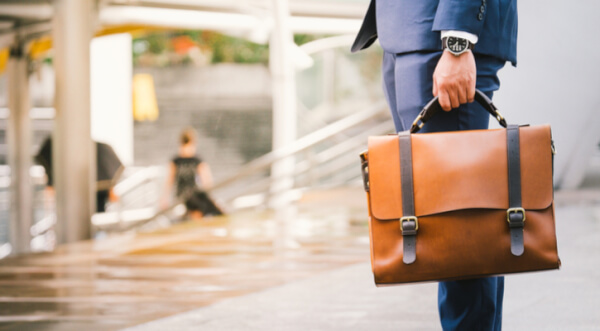
If you’ve never considered a trip to India, you should think again. From the food to the stunning religious monuments, India has plenty to see and experience....
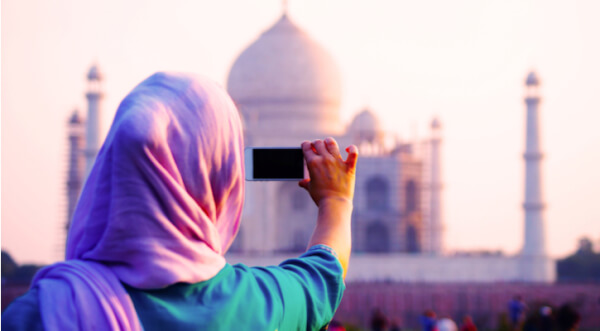
Planning a visit to India? It’s a culturally diverse country with vibrant cities, breathtaking beaches, and majestic mosques. It’s a true destination for many...
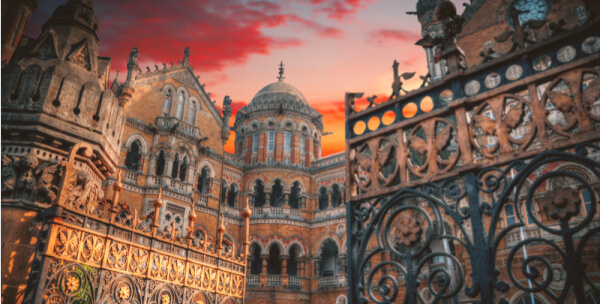
If you’re travelling to India on holiday, you can’t get cash ahead of time. Indian law doesn’t allow foreigners to bring Indian money into the country, unless...